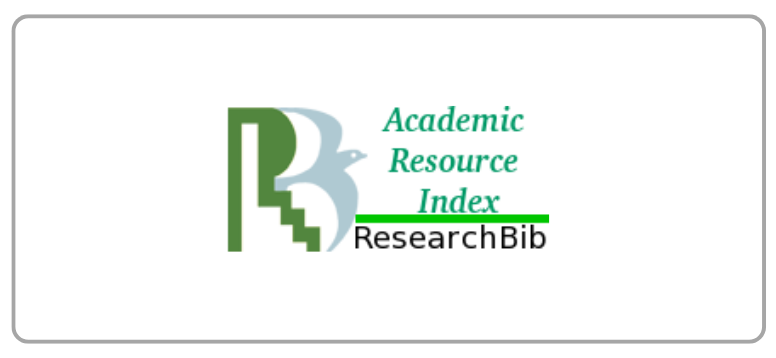Media Literasi: Upaya Bijak Menyikapi Terpaan Tayangan Televisi
DOI:
https://doi.org/10.21512/humaniora.v4i1.3471Keywords:
television industry, TV program, media literacy, social and cultural developmentAbstract
The television media have transformed into industry. Tight competition among TV stations demands the media people to provide programs based on the market taste. Therefore, mostly TV stations design and produce their programs based on share and rating numbers, instead of quality. On the other side, TV stations have important roles in constructing social and cultural development. Currently, TV programs are merely produced based on the business orientation so that the quality of the TV programs is often ignored. Audience must be wise and smart to protect themselves from poor-quality TV programs exposure. This can be achieved by improving their Media Literacy. In the end, Audience is no longer treated as passive object, but actively takes control on the content selection.
Â
Plum Analytics
References
Hamad, I. (2007). Membaca Televisi ala Al-Jabiri. Jurnal Komunikasi, vol.2 No.1, Oktober 2007.
Kriyantono, R. (2012). Teknik Praktis Riset Komunikasi. Jakarta: Kencana.
Livingstone, S. (2009). What is Media Literacy? LSE Research Online, diakses 19 februari 2013 dari http://eprints.lse.ac.uk
McQuail, D. (1987). Mass Communication Theory: An Introduction (2nd eds). London: Sage.
Sanityastuti, M. S. (2007). “Membaca†Televisi Indonesia, Sebuah Upaya Menyikapi Tayangan Televisi, Jurnal Komunikasi, vol.2 No.1
Straubhaar & LaRose. (2006). Media Now, Understanding Media, Culture and Technology. Belmont: Thomson Wadsworth.
Suhandang, K. (2005). Periklanan; Manajemen, Kiat dan Strategi. Bandung: Nuansa.
Wardhana, V. Sp. (2001). Televisi dan Prasangka Budaya Massa. Jakarta: Media Lintas Inti Nusantara.
Widiyanto, P. (7 April 2011). Industri Televisi Mengarah Monopoli. Diakses pada 29 Agustus 2012 dari http://www.investor.co.id.
Wirodono, S. (2006). Matikan TV-mu: Terror Media Televisi di Indonesia. Yogyakarta: Resist Book.
Wirodono, S. (2011). Televisi Ruang Publik Yang Dirampok. Diakses 30 Agustus 2012 dari http://remotivi.or.id
Wolton, D. (2007). Kritik atas Teori Komunikasi: Kajian dari Media Konvensional Hingga Era Internet. Yogyakarta: Kreasi Kencana.
Downloads
Published
How to Cite
Issue
Section
License
Authors who publish with this journal agree to the following terms:
a. Authors retain copyright and grant the journal right of first publication with the work simultaneously licensed under a Creative Commons Attribution License - Share Alike that allows others to share the work with an acknowledgment of the work's authorship and initial publication in this journal.
b. Authors are able to enter into separate, additional contractual arrangements for the non-exclusive distribution of the journal's published version of the work (e.g., post it to an institutional repository or publish it in a book), with an acknowledgment of its initial publication in this journal.
c. Authors are permitted and encouraged to post their work online (e.g., in institutional repositories or on their website) prior to and during the submission process, as it can lead to productive exchanges, as well as earlier and greater citation of published work.
USER RIGHTS
All articles published Open Access will be immediately and permanently free for everyone to read and download. We are continuously working with our author communities to select the best choice of license options, currently being defined for this journal as follows: Creative Commons Attribution-Share Alike (CC BY-SA)
























